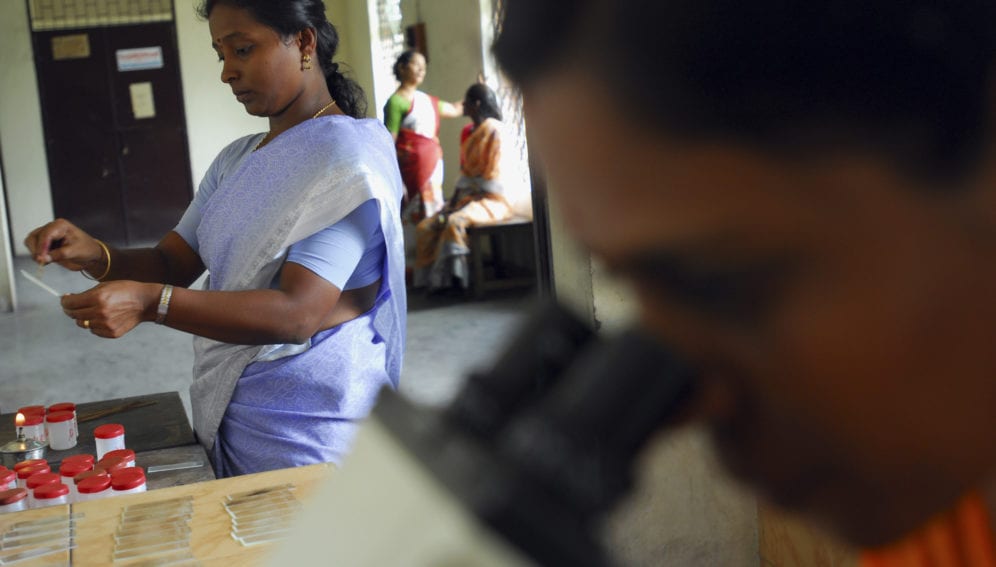By: Claudia Caruana
Send to a friend
The details you provide on this page will not be used to send unsolicited email, and will not be sold to a 3rd party. See privacy policy.
[NEW YORK] Researchers announced that they have devised the very first successful saliva test for hepatitis E virus (HEV) infection that could soon replace the more complicated and expensive tests now in use that rely on blood or stool samples.
Developed at the Johns Hopkins Bloomberg School of Public Health, Baltimore, the saliva test — described by researchers in a study published last month (July) in the Journal of Immunological Methods — is capable of assessing with high accuracy both current and past HEV infections, making it useful for epidemiologists tracking the disease and identifying the source.
“An easier diagnostic method could have substantial yields in terms of success of preventative interventions.”
Christopher Heaney, Johns Hopkins Bloomberg School of Public Health
“Tracking outbreaks and reducing HEV infection rates have been limited by difficulties in timely diagnosis,” says Christopher Heaney, one of the researchers and professor in the department of environmental health and engineering at Johns Hopkins. “An easier diagnostic method could have substantial yields in terms of success of preventative interventions.”
HEV is not as well-known as the other viruses that cause hepatitis. Nonetheless, the virus infects an estimated 20 million people annually worldwide, according to the WHO. Outbreaks of HEV occur mostly in the South Asian countries of Bangladesh, India, Nepal and Pakistan and in regions of Africa that have poor access to sanitation and clean water.
HEV infection is usually self-limiting and resolves within 2—6 weeks, but some individuals go on to develop fulminant hepatitis, or acute liver failure, which can be fatal. At risk are pregnant women, with up to 30 per cent dying from the infection.
To determine how the saliva test compares with the standard ELISA (enzyme-linked immunosorbent assay), which looks for antibodies in blood, Bloomberg School researchers worked with colleagues at a clinical diagnostics centre in Dhaka, Bangladesh.
The saliva test scored a high 98.7 per cent sensitivity and 98.4 per cent specificity for past infections. For recent infections, sensitivity and specificity were 89.5 per cent and 98.3 percent, respectively.
“The performance of our salivary hepatitis E assay was comparable to the serum-based ELISA test, particularly for assessment of past HEV infection,” Heaney says. “This is important because we could investigate population-level HEV sero-prevalence without a needle stick, and screen many more individuals to obtain more accurate spatial and temporal distribution of HEV.”
The new test could be particularly useful in limited resource settings in Asia and Africa where waterborne genotypes of HEV cause large outbreaks of hepatitis, says Heaney. “It can alleviate the burden of blood collection among vulnerable populations of pregnant women and refugees in conflict zones such as Niger and Sudan.”Emily Gurley, a scientist and contributor to the WHO working group on HEV vaccines, says that the saliva-based test makes it easier to get people to participate in population-based estimates of past infection.
“This new tool could increase the ease of studying hepatitis E, leading to better burden of disease estimates and improved understanding of transmission,” says Gurley.
This piece was produced by SciDev.Net’s Asia & Pacific desk.














